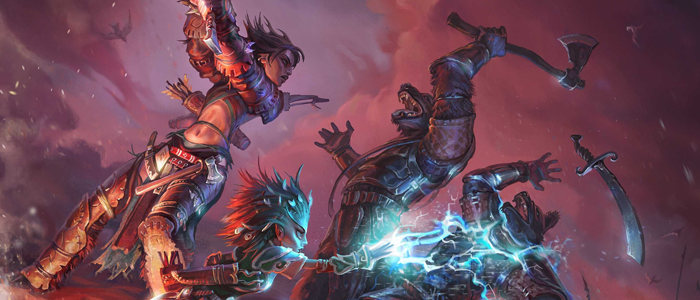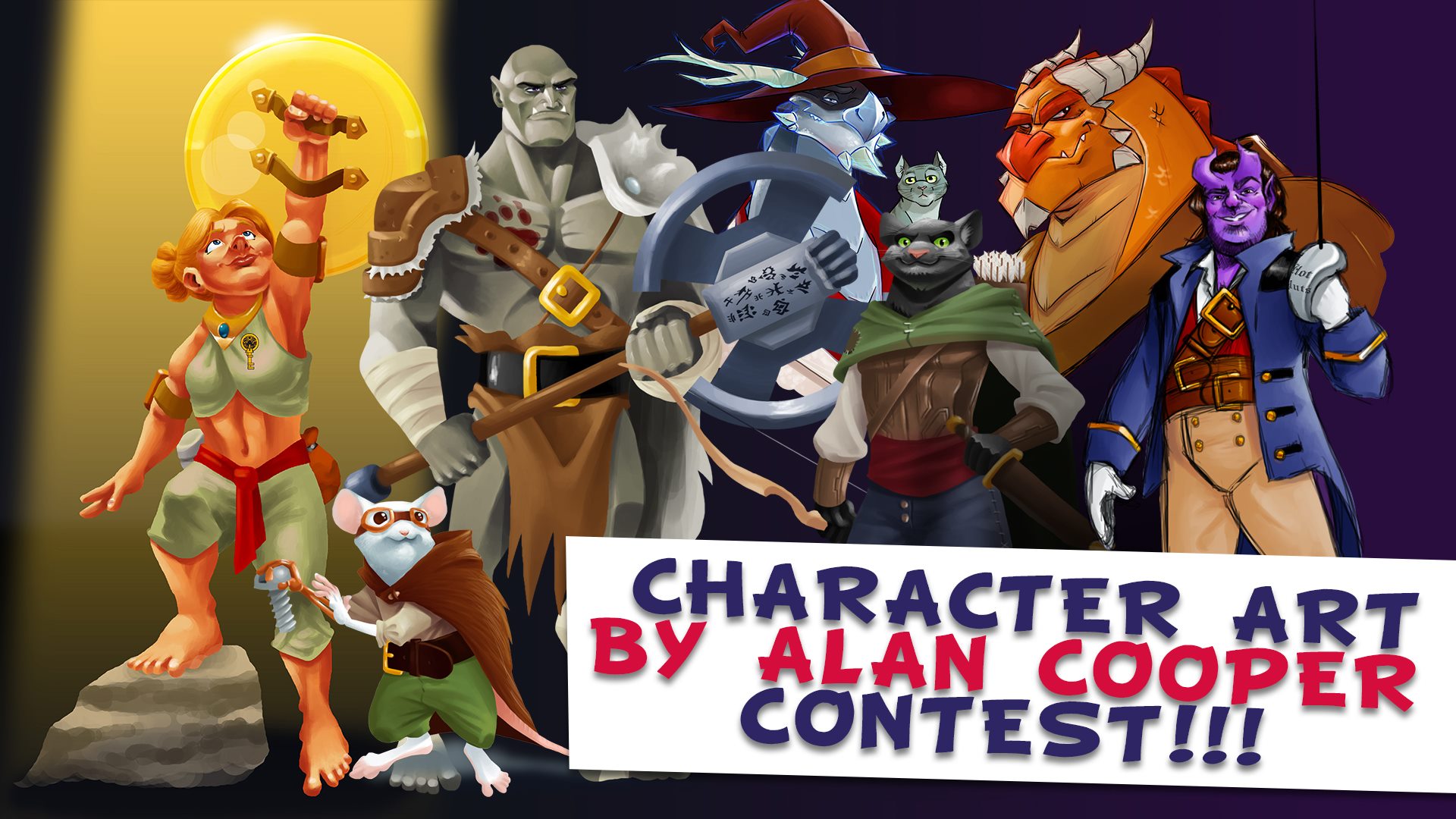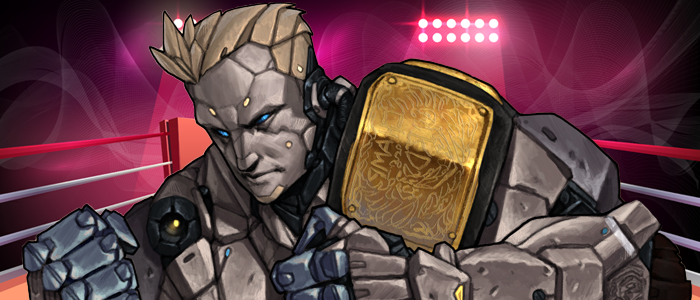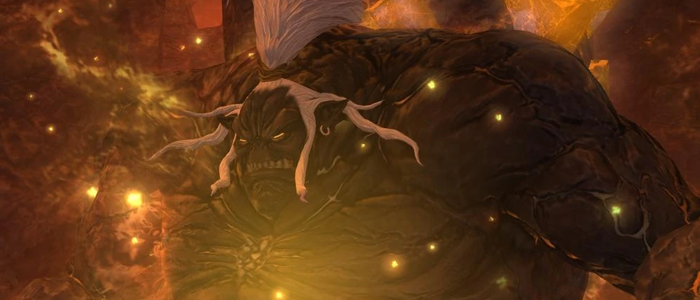Pathfinder second edition is here! I’m sure many of you were as surprised as I was when none of my Pathfinder first edition material spontaneously disappeared, which is particularly great because I’m still running a few first edition campaigns. Among them is the Ruins of Azlant adventure path which I’ve been running under second edition rules. Having to port 1E content over to 2E has required a lot of trial and error but I’ve gotten quite the knack for using older monsters and other rules content under the new rules system. Because I’m a nice guy, I wanted to share a lot of this knowledge for those of you who want to port your campaigns over to 2E, start new 2E campaigns but use some of the older material, or are just interested in getting some of your favorite content to 2E as soon as possible. So, to that end, I’m starting this miniseries where I help you with the conversion process. Fittingly enough, I will be starting with advice on converting monsters!
If you haven’t checked it out already, make sure to go look at the recently released 2E Conversion Guide. A cool fella by the name of Jason Bulmahn has taken the time to give a lot of advice on how to get you up and running with converting material. I highly recommend checking that out before reading this blog, but the most important rules are as follows:
- Understand that there isn’t a perfect formula that gets you a direct 1 to 1 conversion.
- Look at existing material to help you land as closely as possible to what you’re looking to achieve.
- Take advantage of the new 3-action system to represent abilities in ways that make sense.
Seeing this advice in action will help you better understand them and I will give specific examples when I get the chance, but I want to spend this week to explain these fundamentals as they will come into play throughout this series. I feel that the first rule is pretty self-explanatory. Pathfinder 2E is a completely different beast from 1E and expecting to be able to just increase or reduce some numbers here and there to get what you want will just frustrate you. Converting takes some effort, but you can eventually get to a point where you can eyeball a lot of what you want to do. Jason did so as part of several demonstrations leading up to the release of 2E and I got pretty good at it myself, so I’m sure you can do it too! Rule two is something that is noted in the conversion guide. If you want to bring over the nabasu demon, for example, you can probably get by with looking at the vrock, which is off by one level (level 9 to the nabasu’s CR 8) and apply the weak adjustment. You might also consider looking at the erinyes, which is level 8, and tweaking things as needed. The Bestiary has a huge selection of monsters and they serve as great jumping off points for a lot of the work. I could typically decide on a few things like level, role (combat, skill, or spellcaster), and creature type (construct, fiend, undead, etc.) and get something that covered things pretty close. If you don’t find the creature type you want, having the right level and role is usually more than enough to get you started.
The conversion guide has a good example with the troll king conversion, but I wanted to add some extra advice to that. A lot of the work is already done with the existing stat block. At its simplest, all you need to do is get the stat block and reskin things! Your players will never know that the golem’s fist attack is actually a longsword in the statblock you’re using. If you end up using a statblock that has elemental damage, let’s say 3d6 slashing plus 1d6 fire, you can always ‘collapse’ that damage into the main portion of the damage and just have it deal 4d6 damage. Even in cases where the additional damage has different dice, you can roll them together and instead of dealing 3d8 slashing plus 1d6 fire, you can say it’s 3d6 bludgeoning plus 1d6 piercing or precision as the monster’s attack really digs in deep. Reskinning and reflavoring abilities can really get you far. The manticore’s spike volley? Suddenly it’s two different shots from a bow. The owlbear’s bloodcurdling screech? It’s suddenly a dazzling display! Your players won’t see the stat block you’re using and shouldn’t really mind you expressing abilities and attacks with a different flavor. This is especially the case with mooks or other monsters that you don’t expect to see for too long. These monsters are here to provide a fun encounter and then be done, so knowing that the human assassin actually used the ratfolk grenadier’s stats isn’t a big deal and won’t break immersion.
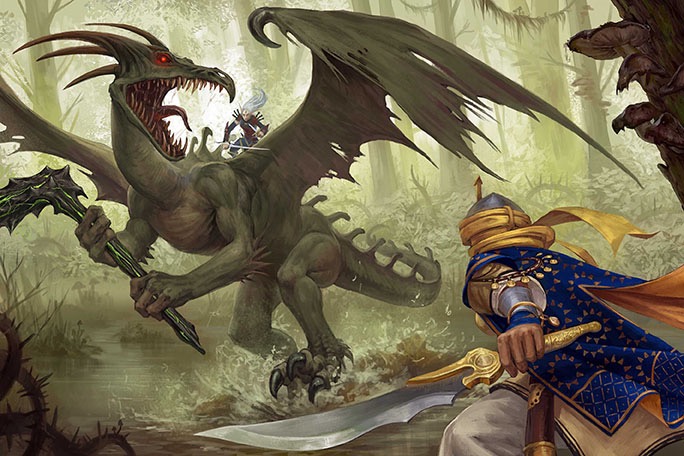
Though it might take a lot of work, Treerazer actually serves as a great base for lots of high level monsters.
Finally, you should get a good feel for ways to bring things over into the new action economy. Basic actions like attacks and movements are easy enough. Most spells are pretty easy, too. You can reliably expect any spell to require two actions at least. Some spells might be three actions, but rarely should anything but a quickened spell require only one action to cast. The kind of tricky thing is converting other abilities that don’t have an immediately obvious conversion. I would take a look at what the original action type was as a basis. Abilities that required standard actions should be a two action ability. Swift and move actions should be one action and full-round actions should of course be three actions. Immediate action abilities should be reactions.
If things don’t feel as obvious, take some time to think how often your creature should be using the ability in combat. If something is its bread and butter, it should be one action, but it should also never be better than the creature’s basic Strikes. If I have the option to use a normal jaws attack or an ability that lets me move five feet and then use my jaws Strike, I will be choosing the latter the majority of the time. That means that the ability is too powerful for a single action and should probably be changed to a two action ability or gain the open or flourish traits to prevent their repeated use. When all else fails, imagine that you were a player whose character is fighting the creature. Would it be frustrating if the creature used the ability multiple times in one round? If so, it’s probably time to change it to a two or three action ability.
So, with those three basics and the conversion guide, you can get pretty far! Give it a try and see where you end up. However, there are lots of little things to consider as well beyond the fundamentals. So, next week, I’m going to take an existing monster and convert using the advice here, pointing out helpful information along the way. I hope you’ll join me then!

